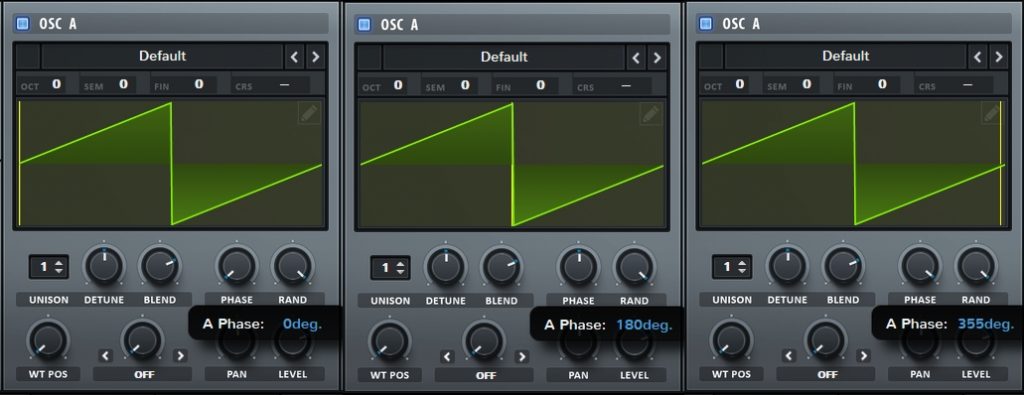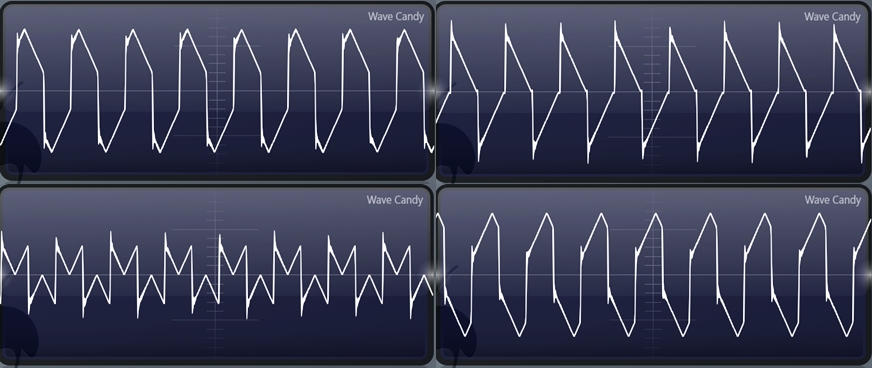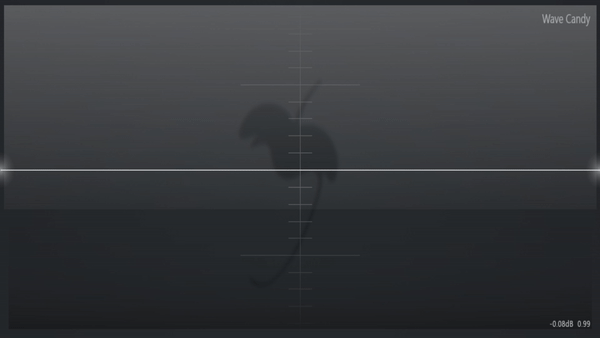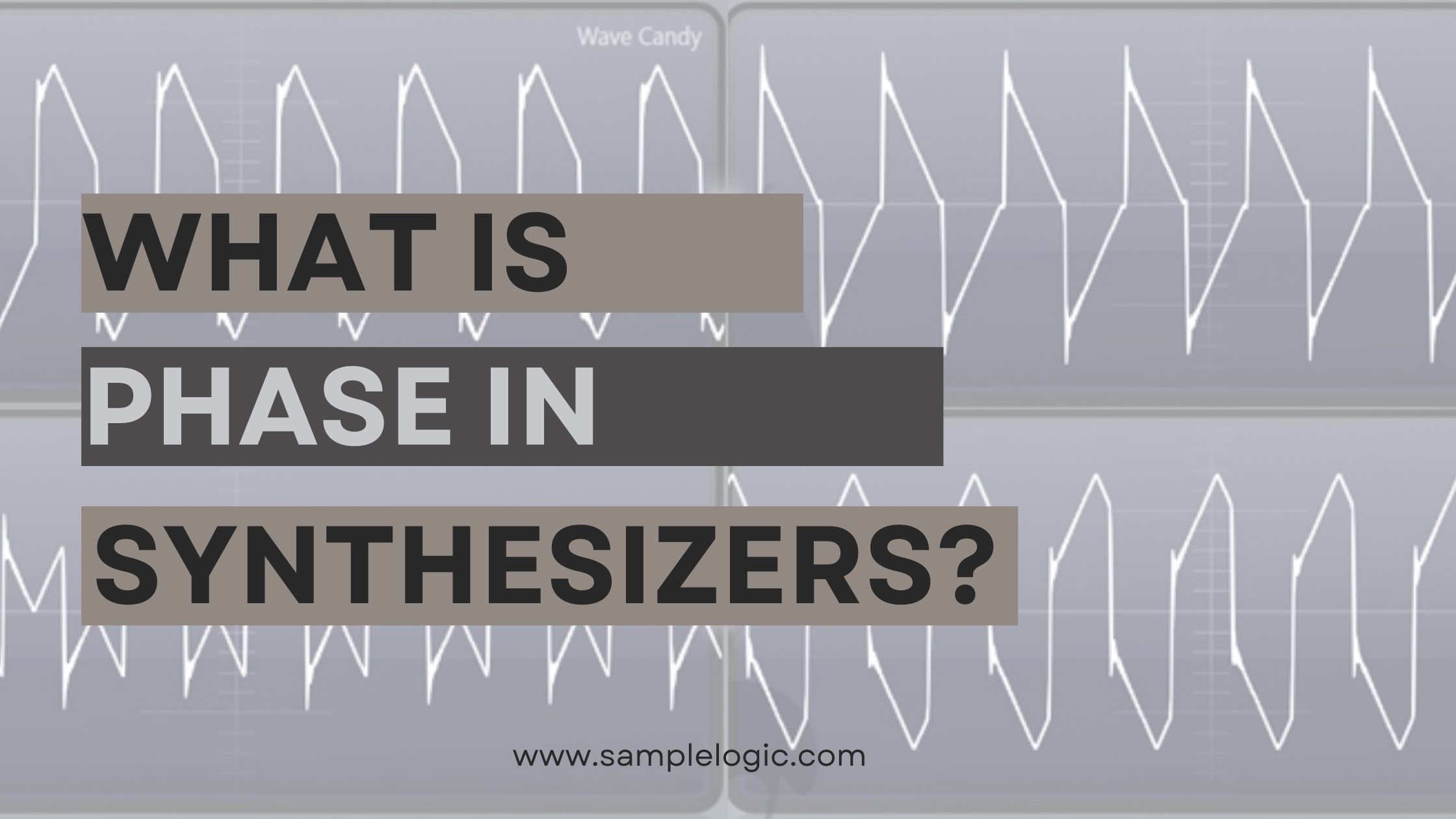With the advancement of VST Plugins and audio tech more and more controls are appearing within the Synths. Some of the most important elements of a Synthesizer are Oscillators, Volume Envelops, Filters, Modulation Envelopes, Pitch, Effects, and Phase.
Although producers are familiar with most of these terms; Phase is something that often confuses them. What is the phase, what is its use, and how to use it in the Sound design? We will answer all these questions in this article.
What is Phase?
All synthesizers use single wave cycles as the basis of sound generation. While some synths use one single wave cycle per oscillator(Example, Sylenth 1, Harmor, Sytrus, etc), other advanced synths use the collection of single wave cycles, Noises, and samples.
Each of these single-wave cycles starts at some point in the beginning. That starting point is called the phase. Phase is the position of a point in time on a cycle of a waveform. The value of phase ranges from 0° to 360°. 0° means the SWC(We will use this abbreviation for Single wave cycle from now on) will start from the very beginning, 180° sets the starting point in the middle while 360° makes the SWC starts from the end. Notice that 0° and 360° are practically the same points (unless there is DC offset).

In most synths, each oscillator has its own phase control, but there are a few exceptions that use one phase control for multiple oscillators, like Harmor.
Significance of Phase in sound design and mixing
If there is only a single oscillator in use, the phase does not have any significance unless there is a moderate to fast modulation. However, the role of Phase becomes very important if there are more than 2 oscillators or sound sources playing. That’s because of the constructive and destructive interference of waveforms.
What are constructive and destructive interference? When 2 or more waveforms mix with each other, depending on their alignment the resulting level either increases or decreases. If the resulting level decreases, it is destructive interference. But if the resulting level increases, it is constructive interference.

Relation between phase and Timbre
In most cases, sound designers use different SWC in the different oscillators. It gives them a unique timbre. Timbre is the sonic quality of a sound that differentiates one sound from another. If is the result of a mix between the Harmonic level, harmonic phase, and in the case of physical instruments, the material used as well as the assembly(For example, check out this excellent article on the effect of tonewood on the timbre of the guitar). In order to get a unique and expressive timbre, the sound designer mix different oscillators at different phase values or modulate one phase with respect to another.
This gives a unique sonic quality and movement to the sound. Here is an example showing a mixdown of the simple triangle and square waves at multiple phase difference values. Notice how the final waveform changes with different phase values.

Phase Randomization: What is it and what is its usage?
In many modern synthesizers, there is an additional setting associated with the phase called phase randomization. Phase randomization as the name suggests sets a random phase value for the oscillator at the beginning of every note trigger. It creates a different SWC combination and timbre for each note, making the sound more interesting and alive. It also makes the sound continuous during the consecutive note triggers and makes the sound consistent.

Many additive synth engines have another type of phase randomization called Spectral Random. Additive engines use many individual sin waves called partials and combine them to generate the SWC. As such they have control over the phase of individual partial/harmonic. Spectral Random can randomize the phase of each harmonic as opposed to changing the phase of SWC as a whole.
How to use Phase as a sound design tool?
You can use the phase as a creative sound design tool in various ways. For example…
- Modulate the phase using an ADSR to change timbre with time.
- Modulate phase using an LFO to get movement in sustain basses.
- Use a moderate LFO Modulation to emulate the vibrato and analog effect.
- Use spectral randomization to make the sound soft and lush.
- Use SWC Phase randomization to make the sound continuous and timbre interesting.
Phase Issue in Multi Mic Recordings
One of the most crucial factors that affect the final sound of multi-mic recordings is the phase. While recording any instrument or vocal with multiple mics at different positions, there is a site time delay in recording input for each mic. This can create phase issues and make the sound degrade when summed in mono, change the timbre, or nullify the sound altogether.
You can find these phase issues by matching the frequency of your note with an oscilloscope. This will give you a standing wave, making the comparison very easy. Another way is, to sum up, all channels to mono or manually align the audio files in a DAW.
There are different ways to compensate for this phase difference-
- Use a phase align plugin like Waves In-phase.
- Many plugins come with a phase inversion option.
- Use linear phase EQ or low order parametric EQ, especially on low ends and around fundamental harmonics.
- Manually align the samples in DAW.
Final Takeaway
Thanks for reading! Now you are familiar with Phase, Phase difference, Phase randomization, and their use in sound design. Phase is one of the most overlooked factors while producing music, but it is an extremely crucial part of sound design as well as mixing and mastering. While producing music, make sure to always check your phase alignments, modulations, and phase difference.
